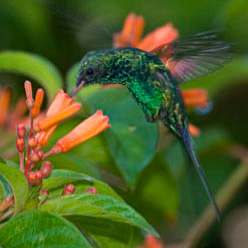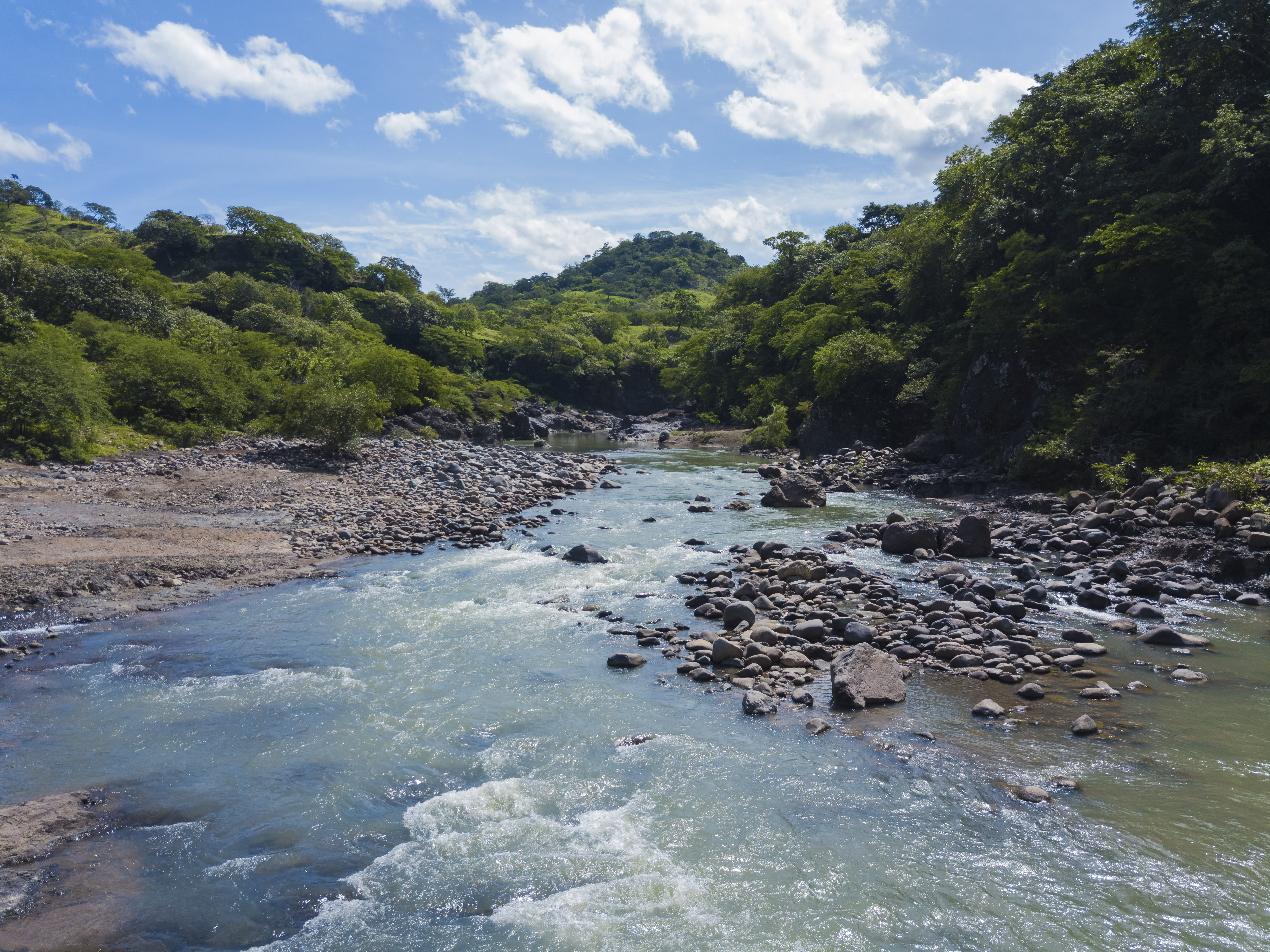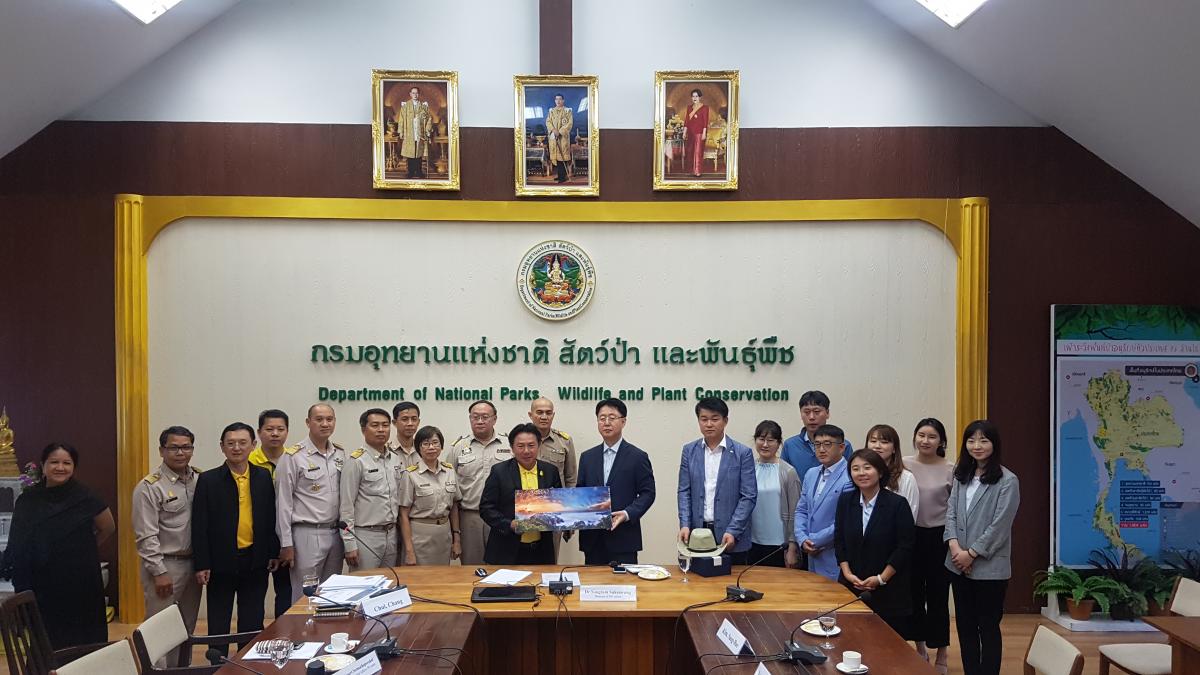Deadline Life – Nagoya defines future for life on earth
Governments meeting at the 10th Conference of the Parties to the Convention on Biological Diversity (CBD COP10) have approved a step change for biodiversity: a new Strategic Plan for the next ten years to reduce the current pressures on the planet’s biodiversity and take urgent action to save and restore nature; an agreed new protocol on access and benefit sharing; and have pledged some serious new resources to bring the agreements to life.
The plan consists of 20 targets designed to tackle the extinction crisis and restore the earth’s natural capital. There is also a deal, following hours of intensive all night negotiations on an agreement for a new international regime to give access to genetic resources, while at the same time making sure that benefits derived from them are properly shared (ABS), and a strategy for effective financing to fund efforts to save the natural world.
“We’ve seen history in the making here in Nagoya with a landmark agreement now in place that defines the future for life on earth,” says Julia Marton-Lefèvre, IUCN Director General. "Here in Japan the international community have moved closer to the realisation that it’s time we stopped considering nature as expendable, and any related expenditure a write-off - it’s time we valued and conserved nature.”
The stakes have been high at the Nagoya conference. The latest IUCN Red List of Threatened Species™, released two days ago, showed that nature’s very backbone is at risk – with a third of species assessed seriously threatened and many among them facing the risk of extinction. The Economics of Ecosystems and Biodiversity study, known as TEEB, warns us that many of the benefits of nature that we have been taking for granted and enjoyed for free up until now are at risk of running out. The Global Biodiversity Outlook 3 showed that we are on the verge of catastrophic and irreversible tipping points.
“What we’ve decided at this meeting will change the future of life on Earth - and many solutions are available to us,” says Jane Smart, Director of IUCN’s Biodiversity Conservation Group. “We know that targeted conservation action works. Results from the latest Red List show us that the status of biodiversity would have declined by an additional 20 percent at least, if conservation action had not been taken.”
“Participants may be leaving Nagoya this Friday but they still need to be working to save life on this planet from Monday morning.” We need to harness the energy of this meeting, where we’ve seen huge and significant commitments in terms of reinvigorated political will as well as real money from the likes of Japan and in terms of pledges to increase protected areas from the likes of Guinea Bissau. We need to bring the plan to life for life."
“We’ve also seen increased participation and real engagement from the business community, local authorities and national politicians. There is a momentum here which we cannot afford to lose - in fact we have to build on it if we stand any chance of success in halting the extinction crisis. We congratulate the Government of Japan for their leadership at this Summit.”
“The scale of the threats facing nature is now clear. Government have agreed precisely in the forming of 20 clear targets on what needs to be done, enshrining them in an agreed decision to adopt a Strategic Plan at COP10. We now have the opportunity to bring this to life.”
For more information or to set up interviews, please contact:
• Nicki Chadwick, IUCN Media Relations Officer, m +41 79 528 3486, e nicki.chadwick@iucn.org
• Brian Thomson, Media Relations Manager, m +41 79 721 8326, e brian.thomson@iucn.org
IUCN's involvement with the Convention on Biological Diversity






